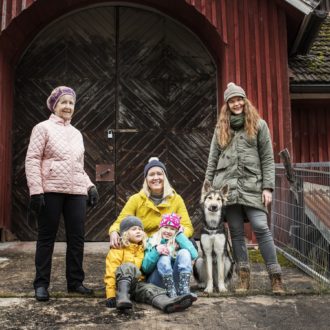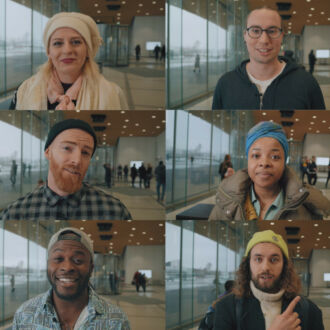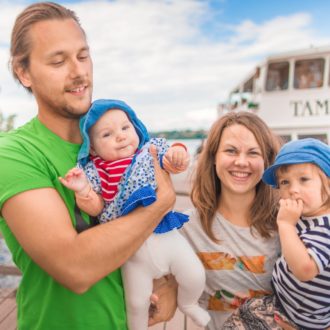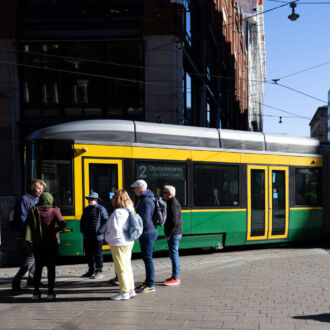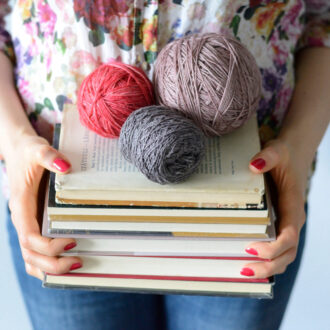Finland is the only country in the EU where the number of homeless people has declined in recent years. This is mainly thanks to a strategy called Housing First.
Traditionally, housing has been seen as the final goal of a social recovery process. Housing First turns the idea on its head and puts housing at the top of the list: when you have a safe home, it’s easier to get back on your feet and start getting your life in order. This means that sobriety is not required before you can have housing, and that professionals at housing units will help with benefits, banking and health issues.
As part of commitment to the model, former homeless shelters have been converted into housing units to create new housing stock with supportive services. Since the launch of Housing First in 2008, the number of homeless people in Finland has decreased by 30 percent, and the number of longterm homeless people by more than 35 percent. The current government has a plan to eradicate longterm homelessness by 2027.
Providing people with homes sounds costly, but a study by the Finnish Ministry of the Environment shows it can actually save money. Finland has invested 250 million euros in building new homes and hiring residential support workers. At the same time, savings in emergency healthcare, social services and the justice system total as much as 15,000 euros a year for each formerly homeless person.
Leena, 48: “A home has to be visually pleasing”
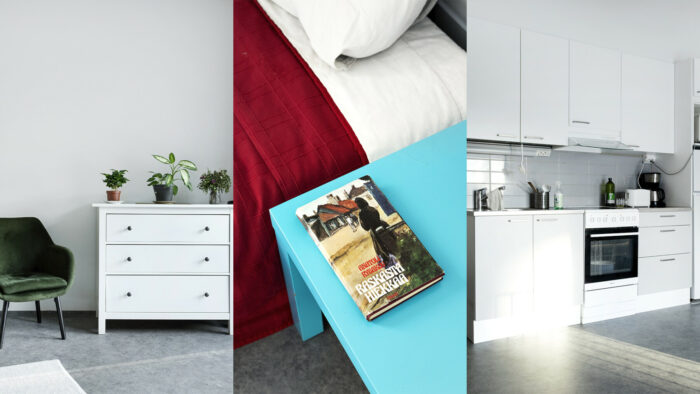
Photo: Kaisu Kaplin
“Crafts and knitting have always been my thing. While living in this crisis apartment in a supported living unit, I make and sell mittens, socks and sweaters for my friends and acquaintances. I can knit for hours, and it sometimes makes my neck so stiff it’s almost funny. Making things with my hands is my passion, and it makes me feel safe.
I lived abroad for many years. I ended up losing my job, and after a while, my home too. Overnight shelters were available only occasionally, and when I couldn’t find a job, I saw no other option than returning to Finland. Luckily I got this place soon after my arrival.
This flat was furnished, but I made it cosier with house plants and curtains. For me, home has to be visually pleasing. I would like to swap this turquoise table for a white one, for example.
This is a temporary home, but as a perfectionist, I keep everything tidy and clean it often. I’m a professional chef, so I appreciate cleanliness and being able to cook my own meals. When you are homeless, what, when and how you eat is out of your own control.
The three things I love the most here are having a roof over my head, a door I can close and a tablet I can use to listen to crime podcasts.”
Markku, 53: “At home I can rest”
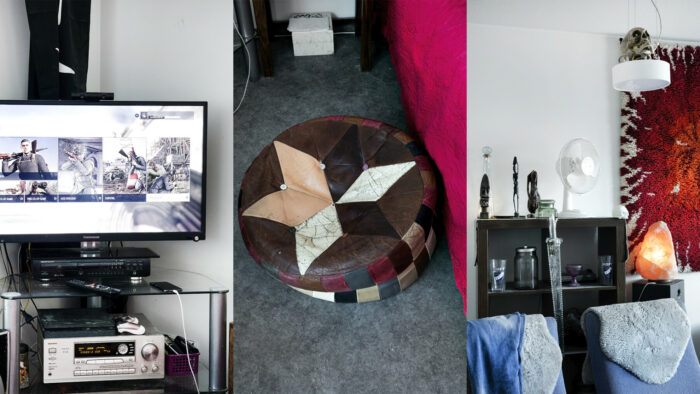
Photo: Kaisu Kaplin
“The red rug holds great emotional value for me so I hung it in the best spot. It’s a wedding gift from my parents and reminds me of them. We didn’t speak to each other for almost 20 years, but have recently become close again. The salt crystal lamp is also a gift from my mother – she says it is believed to treat psoriasis.
Before losing my home, I lived in a much bigger place, so a lot of my things are now in storage.
You need a place you can leave and return to. When you have a home, you have your own space and it’s up to you to decide who gets to walk in. At home I can rest and have a break.
The leather footstool is one of my favourite items. I spend a lot of time on it playing Playstation games. An ice hockey game is my favourite. Once I played it for 14 hours in a row.”
Heikki, 58: “I can decide whether I want to open the door or close it”
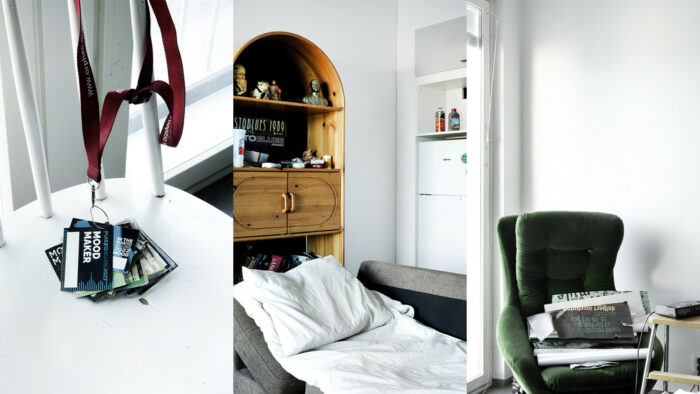
Photo: Kaisu Kaplin
My sofa is so comfortable I rarely use my bed. I often fall asleep here with my television on. My life happens mostly outside, but in the evenings I don’t need to find a place to crash anymore – I can fall asleep on my own sofa, and that is so essential.
I have lived in this studio flat for a bit over two years now. For me, having my own space and the feeling of control are the most important things about it. I can decide whether I want to open the door or close it to protect myself from the outside world.
My home is my safe haven, and I don’t care so much about the material things in it. I got most of my furniture as donations and I mostly use it to pile clothes and papers on. I still definitely wanted some furniture; it would feel awful to live with just a mattress.
These festival passes from Puistoblues festival are my most valued possession, and I also have a lot of Puistoblues posters. I’ve volunteered at the festival for years now and really enjoy the team spirit we have with the group of volunteers. Festival passes remind me of past summers and the good times ahead next summer, too.”
Leena, Heikki and Markku are customers at Rinnekodit Housing First units. Their names have been changed to protect their privacy.
By Kaisu Kaplin, ThisisFINLAND Magazine, June 2025
